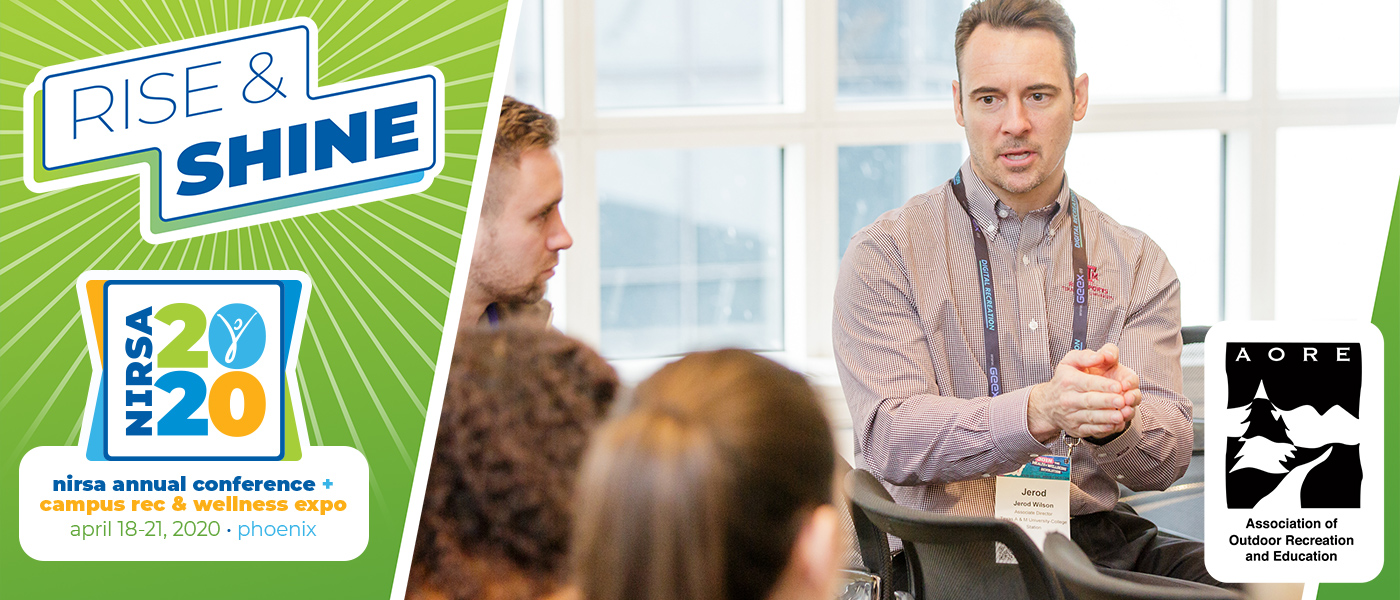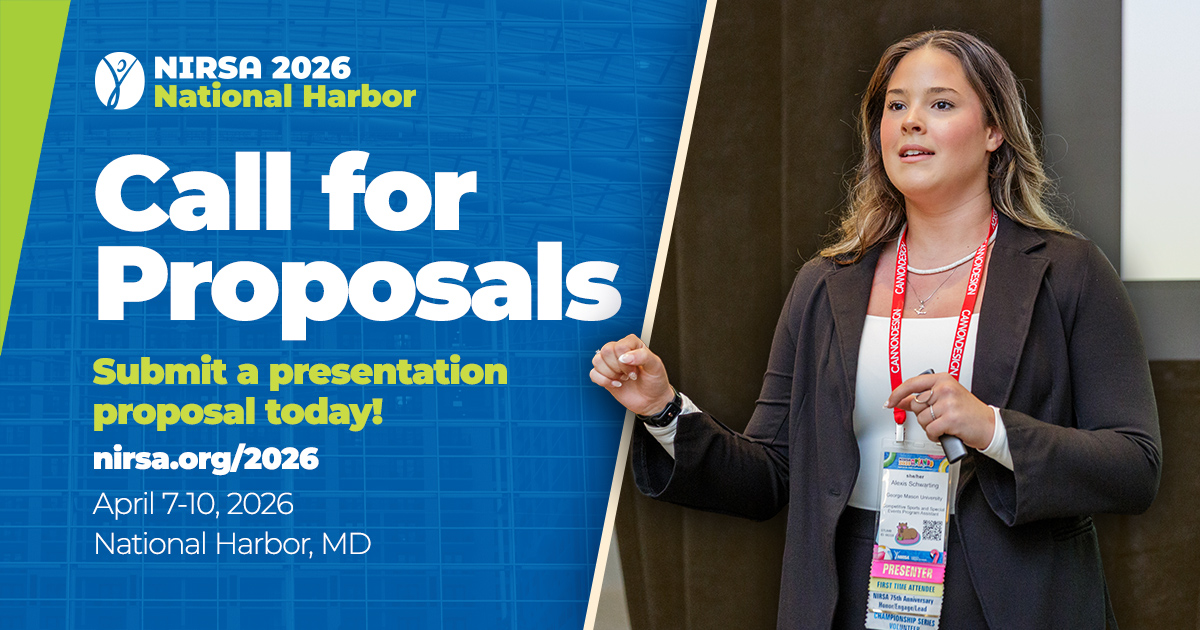During this year’s NIRSA Annual Conference, the Association of Outdoor Recreation and Education (AORE)—a strategic partner of NIRSA—will be presenting the session “Green Economics: Why Getting People Outside Is Good Business.” This session is designed to inform and inspire departmental decision makers seeking new business opportunities.
Outdoor recreation can contribute to health and wellbeing
In a 2018 article published by the University of East Anglia, authors summarized that “living close to nature and spending time outside has significant and wide-ranging health benefits.” The new report “reveals that exposure to greenspace reduces the risk of type II diabetes, cardiovascular disease, premature death, preterm birth, stress, and high blood pressure.”
Adventure Health Lab (AHL) is a 501c3 non-profit program that delivers on the transformative power of adventure for improved mental, physical, and community health.
AHL Founder Stacy Bare, who is also the Director of Sierra Club Outdoors, and AHL Research Director Dr. Dacher Keltner, also of the Greater Good Science Center, recently released research articles in the American Psychological Association’s academic journal Emotion that show that individuals who participated in outdoor activity reported lowered stress, improved pro-social emotions, improved connection to self and others, a willingness to listen and accept new information, a heightened sense of curiosity, better sleep, and improved work and social productivity and engagement post experience.
Campuses can provide a crucial wellness relief for students seeking mental health, wellbeing, and connection to a community through robust outdoor programming. Different than competitive or drop-in recreational programming, the intentional design and delivery of outdoor pursuits can have a profound and lasting impact on health, confidence, and retention.
Leading and managing outdoor program business plans
The U.S. Bureau of Economic Analysis (BEA) released in November of last year that the U.S. outdoor recreation economy accounted for 2.2 percent ($427.2 billion) of current-dollar gross domestic product (GDP) in 2017. Their report shows that real gross output, compensation, and employment all grew faster in the outdoor recreation sector than it did for the economy as a whole.
To date, 16 states have adopted Offices of Outdoor Recreation. These states are looking to bolster and demonstrate the economic returns of investing in and promoting outdoor recreation in their states. Getting people outside can mean business growth for programs and providers—as well as transferrable learning outcomes and skills that are applicable for an individual’s future success in the workplace.
Outdoor programs can be sound investments for your campus if intentional design, understanding of capacity, and thoughtful leveraging of physical spaces (rock walls for example) and geographic locations are incorporated into an outdoor program business plan.
We invite all NIRSA 2020 attendees to join us to learn more about the impact of outdoor recreation and find out how you can support and advance these gains on your campus and programs.
- For more information, contact Executive Director at AORE Jeannette Stawski.
Jeannette Stawski, CAE, is currently the Executive Director of the Association of Outdoor Recreation and Education (AORE); you can email her at jstawski@aore.org.







